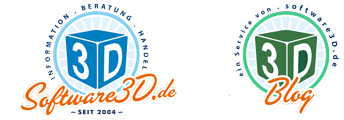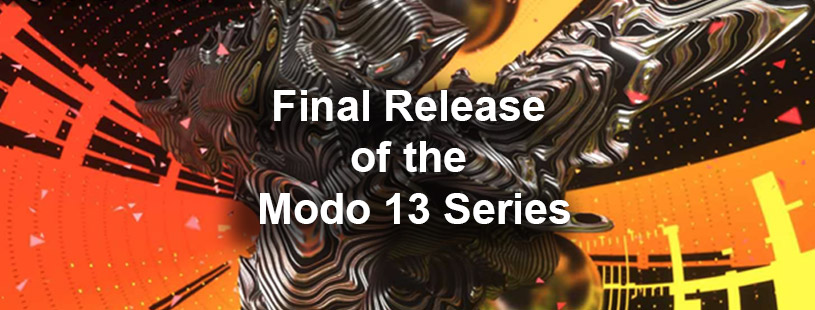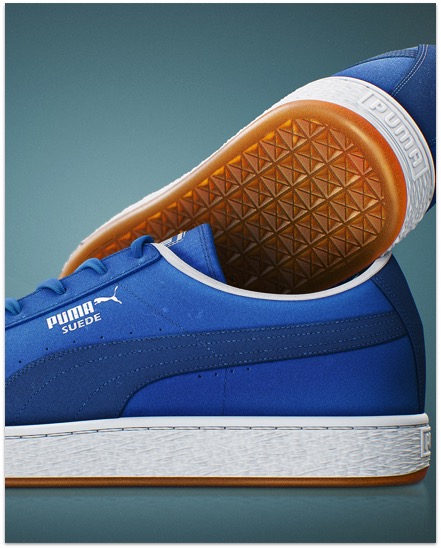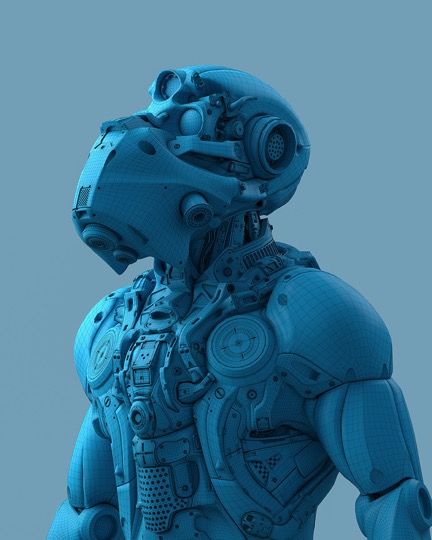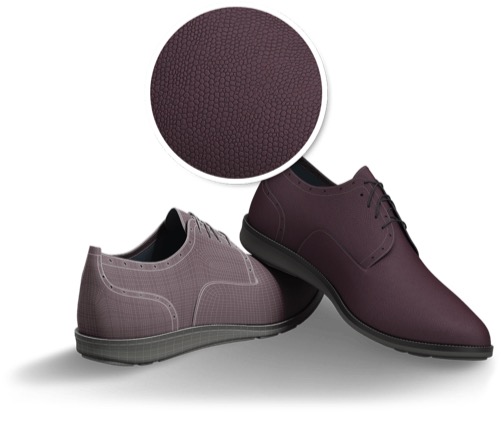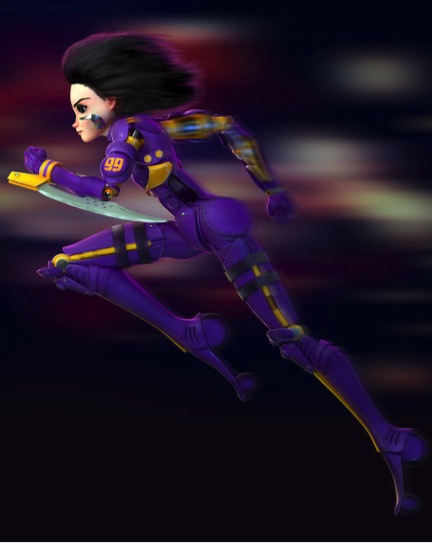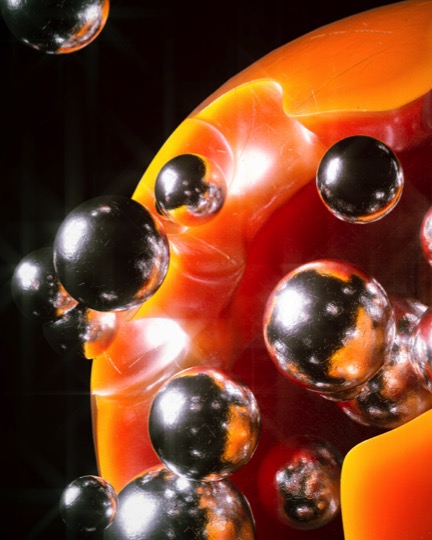3rd and final release of the Modo 13 Series – MODO 13.2
The primary drivers for this release where to focus our strategy on both creation and communication workflows. Our aim was to address some of the top most requested items for rendering, modeling, and animation. “
- 13.2 has a large Rendering focus with the new path trace based renderer, meant to vastly improve the rendering time needed for design communication in CW and in general.
- For creation our focus was to start the process of rebuilding bevel based modeling workflows.
- In the area of animation creation we are attempting to address some of the key pain points with IK solvers and graph editor workflows
MODO 13.2 FEATURES
R E N D E R I N G
Offline rendering continues to evolve in Modo with a brand new
path tracer renderer (mPath) and continued development of
ProRender as an integrated GPU renderer.
- mPath Features
- Dramatically simplified rendering workflow
- Speed and quality enhancements
- Legacy shader tree and material compatibility
- Ray trace acceleration via NVIDIA’s RTX Technology
- Light Path Expressions providing industry-standard
control over workflows requiring many AOV’s
- AMD’s GPU-accelerated Radeon™ ProRender continues to
be refined and enhanced, offering users enhanced stability,
render parity and access to hardware agnostic GPU
accelerated rendering
M O D E L I N G
Modeling is central to what makes modo special. We are in the process of rebuilding Modo’s bevel tools which are an essential part to the direct modeling workflow that made Modo famous for modeling today.
- Edge chamfer for direct and procedural modeling workflows
- A new tool instead of expanding on 14 year old code to
improve stability - Offers additional new capabilities while maintaining prior
workflow
S H A D I N G
AxF™ is the foundational component of X-Rite’s Total Appearance Capture (TAC™) Ecosystem. AxF files are used to capture, store, edit, and communicate complex material characteristics throughout the digital design workflow. Support for the format has been expanded to the 1.1 and 1.4 specs providing the best possible digital representation of a physical materials.
- Workflow & Functionality Refinement
- Drag and drop support
- Import from material form
- Additional Advanced Shading Capabilities
- 1.1 Clearcoat and Fresnel support
- 1.4 Alpha and displacement support
A N I M A T I O N
Enhanced graph editor and key framing workflows allowing
animators to focus on the animation flow with greater
efficiencies.
- Graph Editor Improvements
- Curve normalization
- Stacked curve edit mode
- Speed and velocity visualization
- Easier key handle editing
- Time range visualization
- Animation Workflow Improvements
- Time Fit sets the timeline range to the animation in the
scene, on items or Actions. - Actor Enhancements for Actors that contain only
channels, or a mix of items and channels
- Time Fit sets the timeline range to the animation in the
R I G G I N G
A powerful new IK solver designed with predictability and
control of twist angles.
- New 2D IK Solver
- Designed to be predictable and stable
- Allows for simple and complex rig setups
- Soft angle solving to prevent joint snapping
- FK/IK blending
- Twist Extractor Channel Node
- Extract twist information from joints and locators
- Get proper zeroed out values
- Advanced Rigging Tools
- Curve Parameterization Node
- User Gradient Channels
- Gradient Falloff Node
G R A D I E N T S
A new option to add a gradient based user channels, allowing for even greater flexibility with advanced rigging and other procedural workflows.
- Gradient Modifiers
- Gradient Modifiers read an incoming gradient, and output a modified gradient curve
- Modify gradients using modifiers like noise or offsetting the value of a gradient.
- Gradient Layers
- A gradient channel to be modified using a stack of
layered actions. - Layer multiple modifications to a gradient channel.
- A gradient channel to be modified using a stack of
